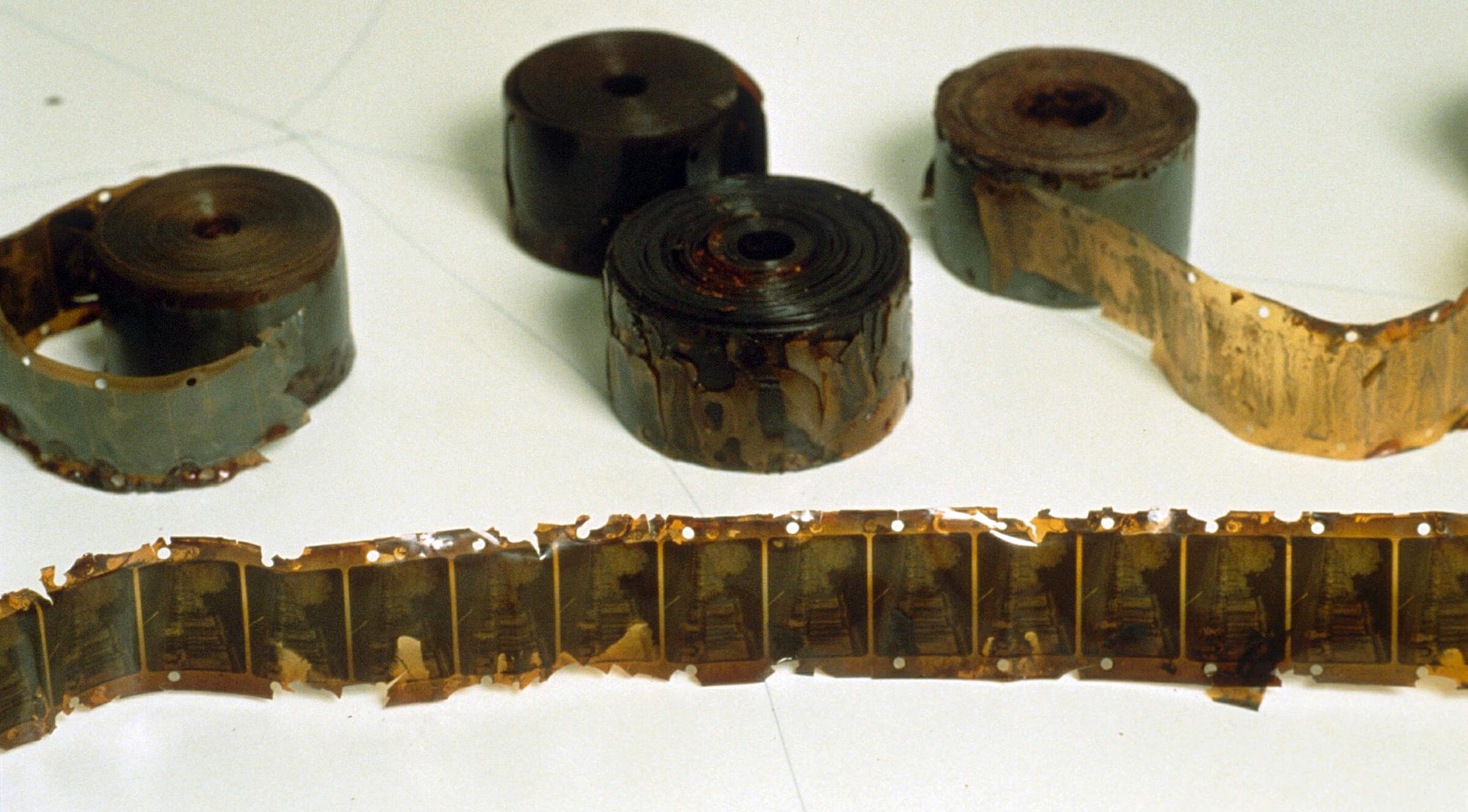Special Guests Patrick Loughney (George Eastman House), Mike Mashon (Library of Congress), Mona Nagai (Pacific Film Archive), Peter Limberg (Haghefilm Conservation)
The San Francisco Silent Film Festival operates on the principle that it’s imperative we engage with our heritage, and that one way to do it is by providing access to the artifacts that define our world. Movies, which document the customs, concerns, and dreams of human societies in as realistic a format as has existed in the history of mankind, are the artifacts our festival devotes itself to and strives to save from obliteration and neglect. The materials we use in our society to document our lives are not of comparable durability to those left to us by the Greeks and the Romans—especially film, with which we have so avidly been photographing our reflection, all in pursuit of a desire to become better able to reflect upon ourselves. Films show us who we are. We must continue to see them, so we can continue to see ourselves.
It is in honor of the many dedicated men and women who labor in the dark among thousands of cans of unmarked reels and millions of feet of as-yet-unidentified footage to find these films so we can show them to you that we present this program.
Haghefilm Conservation
Haghefilm Conservation, a division of Cineco Motion Picture Laboratories in the Netherlands, specializes in the conservation and restoration of nitrate and acetate film footage. Employing state-of-the-art digital technology and constructing innovative new techniques, Haghefilm works in collaboration with a variety of prestigious international film institutes and historians to safeguard film heritage.
George Eastman House
Founded in 1949 by James Card, George Eastman House now holds more than 25,000 titles and two million feet of nitrate film. Currently involved in the transfer of more than a hundred 28mm titles from 1911–1918 onto contemporary archival film formats, George Eastman House will enable the public to view these films thought to be lost for some 80 years. Providing public access to its holdings, Eastman House facilitates both scholarly research and recreational inquiry. 1996 saw the opening of the L. Jeffrey Selznick School of Film Preservation, the first school of its kind, offering intensive hands-on training in all aspects of film preservation.
Library of Congress
The nation’s oldest federal cultural institution, the Library of Congress is the primary publicly funded facility for the preservation of silent-era films. The Library of Congress became America’s first film archive in 1893 when “paper prints”—the only form of copywriting for early motion pictures—were deposited with the library. The rediscovery of this forgotten collection of paper prints, which contained more than three thousand films produced before 1917, initiated the library’s preservation efforts in the 1940s. Without the transfer of these frame-by-frame paper versions to 35mm, many films from the infancy of American cinema would be lost.
Pacific Film Archive
Conceived as an American counterpart of Cinémathèque Française in Paris, the Pacific Film Archive (PFA) is committed to exhibiting films under the best possible conditions and educating public awareness about film preservation. Designed as a film library and study center, PFA provides research resources to students and the community. The archive contains a significant collection of silent Soviet films, the largest group of Japanese films outside Japan, and independent and avant-garde films, specializing in works from the West Coast.
Presented at SFSFF 2006 with live music by Michael Mortilla

